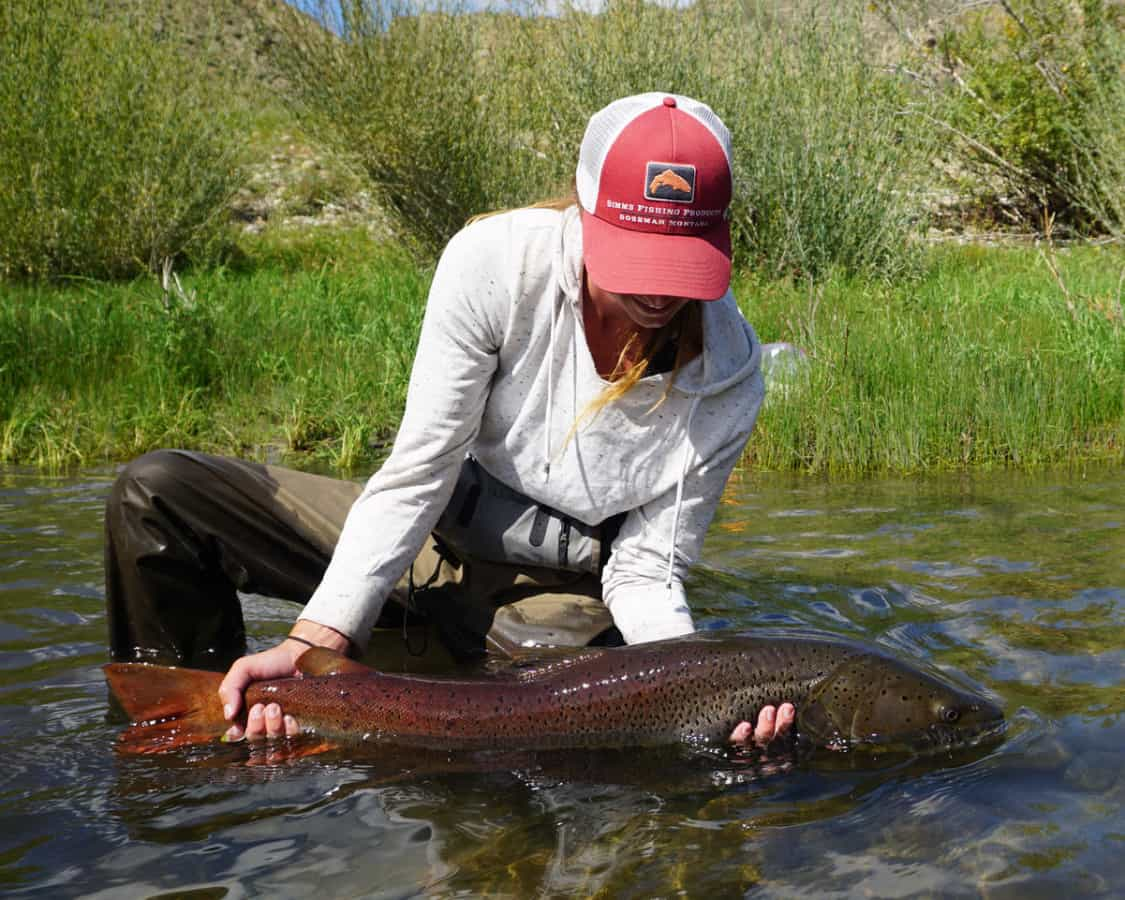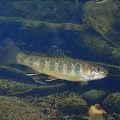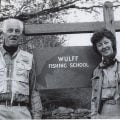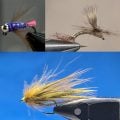Book Excerpt: “Rowing to Baikal”
At lunchtime, we beach the boats on a gravel bar and try to light a fire. But all the available wood is damp, and the wind repeatedly blows out our matches—fifteen in succession—despite our best efforts to shield the pile of tinder from the gusts.
On the menu? Mongolian sausage—two kinds, one of which closely resembles an American hot dog. I suppose we could save the dogs for another meal, or get out the camp stove to boil a pot of water, but neither of these options seems particularly appetizing. So we rummage in our duffels for something to burn and come up with a paperback copy of Bear Grylls’ How to Stay Alive: The Ultimate Survival Guide for Any Situation. This is a hefty book at 448 pages and—more importantly—all of these pages are dry.
With the fire lit at last, I cut a forked stick from a nearby willow, then slice summer sausage into thick coins and spear one on each tine. These are held over the flames until the fat sizzles and the meat browns. Despite my enthusiasm—broiled meat pops on a stick!—the others are not moved to try this technique. Instead, Lanie creates an elaborate sandwich with toasted bread, slices of hot dog, and a layer of processed cheese. Meanwhile, Guido goes with a minimalist approach, using a single sharpened stick and an unadorned dog, speared lengthwise, to achieve a thoroughly browned frank.
When we return to the boats, I notice some white mushrooms emerging from a pile of horse manure. Ordinarily, this sight would not be of any particular interest, but these mushrooms appear to be growing underwater.
What will the Selenge look like, I wonder, when the larger tributaries enter—the Eg, for example, or the Orkhon? If those rivers are flooding as well, then we are in for quite a ride.
Guido and I are prepared to fish in the afternoon, but the condition of the river is more conducive to bird-watching. As we approach a huge triangle of flooded grass and willow saplings, bordered on one side by the main river and on another by a narrow, open channel, the waterfowl rise in waves. Swans, geese, the larger ducks, and a teal-like flyer called garganey. The name apparently comes from Italian, perhaps an imitation of the drake’s call. According to the bird book, these travelers could be on their way to India or Bangladesh.
The grass is tall enough to obscure even the geese—until that moment when they become airborne. When the birds are on the water, only the swans’ heads are visible from the boat, and many ducks take wing long after I think, Surely, that must be the last of them.
We are watching yet another group depart, with one laggard teal paddle-wheeling to keep up, when a hungry taimen lunges after it. And misses.
Immediately, Guido is up and casting, but the current is too strong for me to hold the boat in position. I pull hard for a minute, but it’s no use—the river is too powerful. As we are swept toward the outside corner of the bend, another taimen jumps clear of the water, head pointing toward the sky, just a few yards ahead of the boat.

Image by Peter W. Fong
In flood conditions, taimen tend to move toward the edges, where the slower water makes it easier both to rest and to find food. But we are near the middle of a deep run, in heavy current, with no prey in evidence—an unlikely place for a taimen even under normal circumstances. And yet a fish at least as large as any we’ve sampled in the past month leaps straight into my line of sight.
“What does that even mean?” Guido asks.
I shake my head. “Who knows?” I reply. “Greetings from the river gods?”
A few miles later, we come to the confluence with the Khanui, a stream significant enough to appear on our paper maps, although its average flow is less than one-fourth that of the Delger. The spot is obviously a popular one with anglers. The evidence includes fresh boot prints, a forked stick driven into the mud, an ash-filled fire pit, and two empty vodka bottles.
During carbon sampling, Lanie discovers that the water in the tributary is two degrees warmer than the Selenge. All of us are cheered by this news—taimen like cooler temperatures—as well as the sight of the noticeably clearer water, with the distinction visible for a few hundred yards downstream before mixing gradually erases it. If there are any taimen nearby, we reason, they should be in the cooler water of the Selenge, watching for something edible to swim out of the Khanui.
We spread out along the bank, casting with purpose. According to Lanie, it would be very useful to obtain DNA samples from taimen, lenok, and other species throughout the watershed. By analyzing the intricacies of gene expression, she might be able to tell how much movement has occurred between different drainages, both recently and in ancient times.
Lenok in the Eroo, another Selenge tributary, have been known to travel at least forty-five kilometers over a fifteen-month period. And we already know from Olaf Jensen’s research that taimen from the Eg sometimes swim to the Selenge. But do the taimen and lenok hatched in the Delger, for example, occasionally find mates in the Eg? Considering the possibility that a dam could soon block all fish migration, this is an important question.
We cover the water carefully, but no fish come to our flies.
“Rowing to Baikal” will be available for purchase December 5, 2023 with 50 percent of royalties allocated to the Wild Salmon Center’s International Taimen Initiative. Excerpt printed with permission from author Peter W. Fong and publisher Latah Books.












